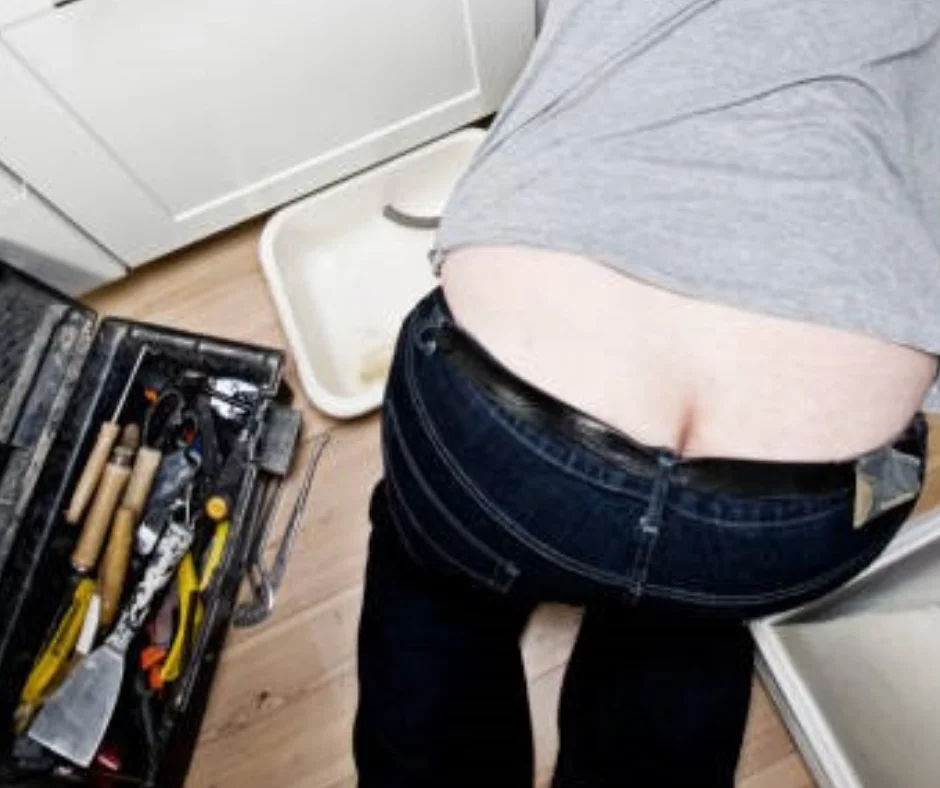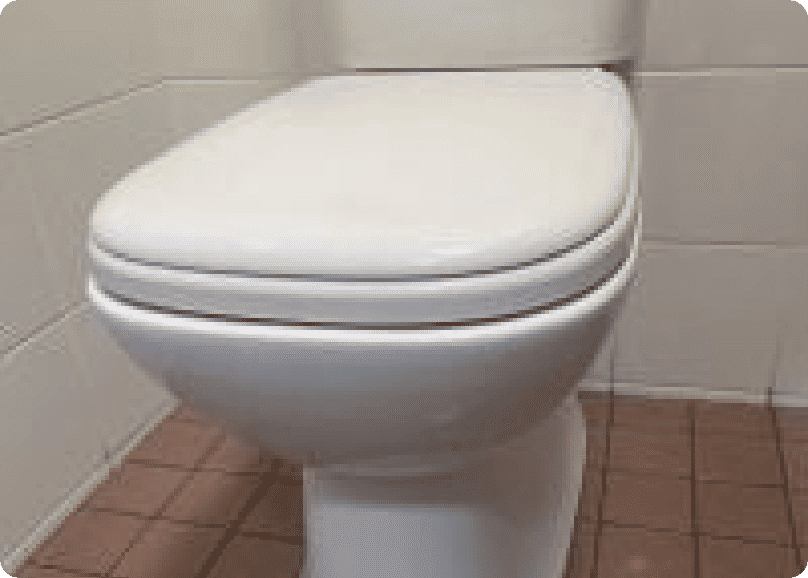Sacrificial Anode In Hot Water Systems: What Is It & When To Replace It
- William Demirdonder
- Apr 04, 2025
- No comments
- 15-minute read

If you’ve noticed your hot water system isn’t performing like it used to or suspect it’s ageing, it’s worth knowing about a small but crucial component inside the tank — the sacrificial anode. Water heaters rely on this for protection against corrosion and rust buildup, which can significantly shorten the life of your tank.
In this blog, we'll look into what a sacrificial anode does, how it works and when it’s time to replace it to keep your hot water system functioning optimally.
A sacrificial or hot water anode is a metal rod inserted into the water tank, typically made from magnesium, aluminium or zinc. Its primary purpose? To attract corrosive elements in the water that would otherwise harm the inner lining of the tank itself. Acting as a decoy for rust, the anode gradually deteriorates over time, “sacrificing” itself to protect the tank’s structure.
Without a working sacrificial anode, the tank’s metal would start to corrode and rust, drastically shortening the lifespan of your hot water system. Essentially, this small rod does the heavy lifting when it comes to preventing tank corrosion, making it a cost-effective way to prolong your system’s efficiency.
Over time, the hot water anode wears down and becomes less effective at protecting the tank, which brings us to the key question: When should you replace it? Most manufacturers recommend checking and replacing the sacrificial anode in water heaters every 3–5 years, depending on your water quality and the type of anode in your tank. However, if you live in an area with particularly hard or soft water, it can affect the rate at which the anode corrodes, making it essential to inspect it regularly.
Here are a few telltale signs that your sacrificial anode might need replacing:
Replacing the sacrificial anode in your hot water system provides several benefits:
Replacing a sacrificial anode is typically a straightforward job but requires basic plumbing knowledge and the right tools. Here’s a quick overview of the steps involved:
1. Turn off the power and water supply — Ensure the hot water system is off and the tank is depressurised by turning off the water supply and opening a hot water tap.
2. Locate the anode — The hot water anode rod is usually located at the top of the tank. In some systems, it’s hidden under a panel.
3. Unscrew and remove the old anode — With a socket wrench, unscrew the old anode, which may require a bit of force, especially if it’s been in place for years.
4. Install the new anode — Insert the new sacrificial anode securely. If you’re using a segmented rod, it’s easier to handle in tight spaces.
5. Restore power and water — With the new anode in place, turn the water and power back on and check for any leaks.
If you’re uncertain about a DIY hot water system anode replacement, consider hiring licensed plumbers like Proximity Plumbing. We have the tools and the expertise to perform the job correctly and minimise the risk to your system. No need to worry about disrupting your household with the absence of hot water. We guarantee to be on-site within 30 minutes, with zero call-out fees. As expert plumbers in Sydney, we can get your hot water system up and running efficiently, saving you time and hassle with a hot water anode replacement.
Call us at 0420 102 394 — whether it's for a full hot water system replacement, regular maintenance or prepping your system for the colder months. Let Proximity Plumbing keep your plumbing running smoothly year-round.
Understanding your home insurance and what you are covered for when it comes to plumbing can be overwhelming. Do you have cover if the land mower of your neighbour damages part of your pipeline?....
Read MoreFatbergs are created when you flush down wet wipes or “flushable” wipes down the toilet and they get caught up in your pipes with a combination of any oils, fats or grease poured down the ....
Read MoreImagine you’re in the midst of a plumbing emergency (we’ve all been there) and you desperately need an ace plumber on your door step. We doubt in the middle of a plumbing emergency you&rs....
Read MoreIrrespective of how hard you try, sometimes a toilet or bathroom clog is unavoidable. Whatever might be the reason for the clog, you need to clear the same. When you wish to fix the problem, a plunger....
Read More



Leave a Reply
Your email address will not be published. Required fields are marked *